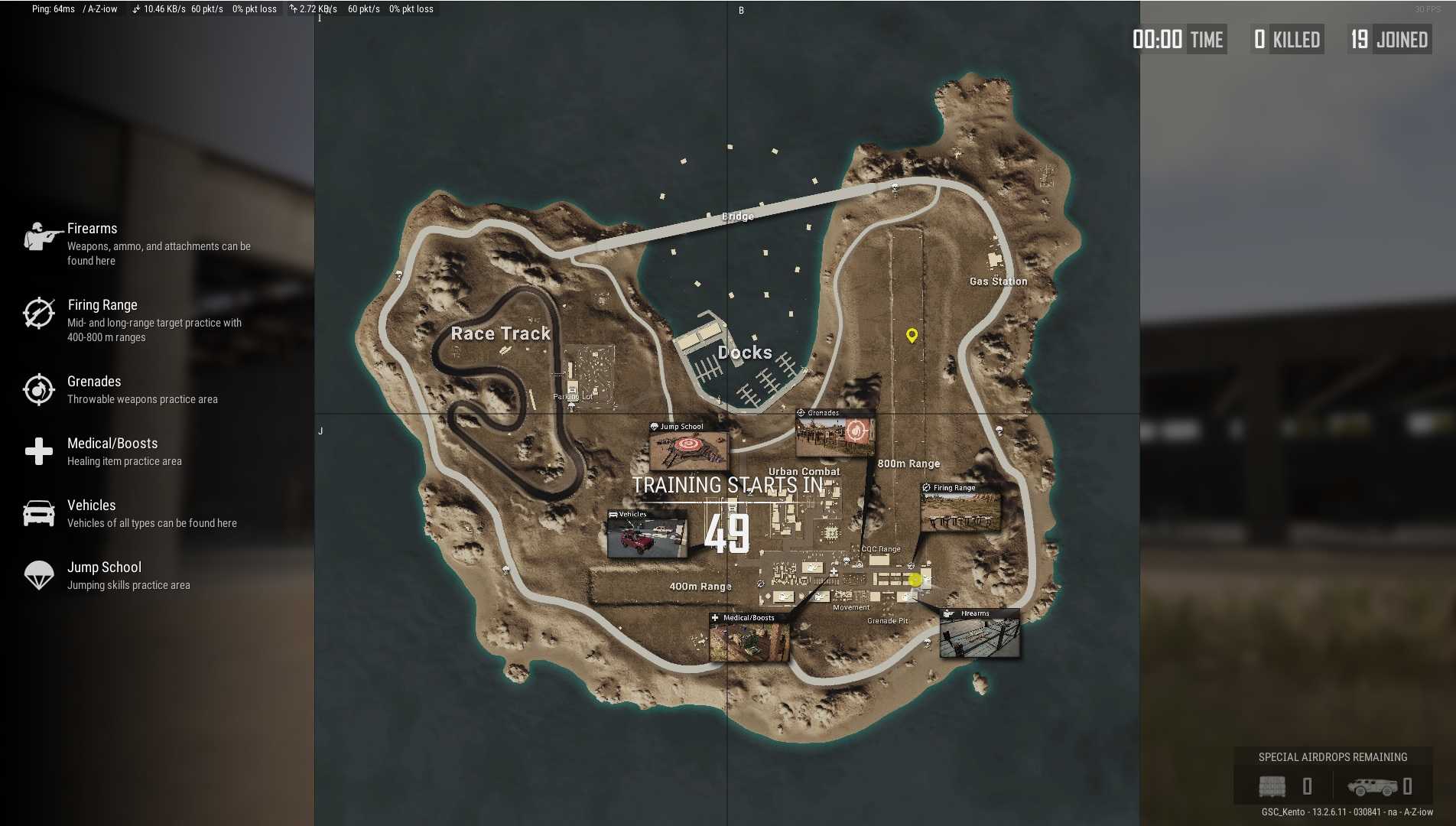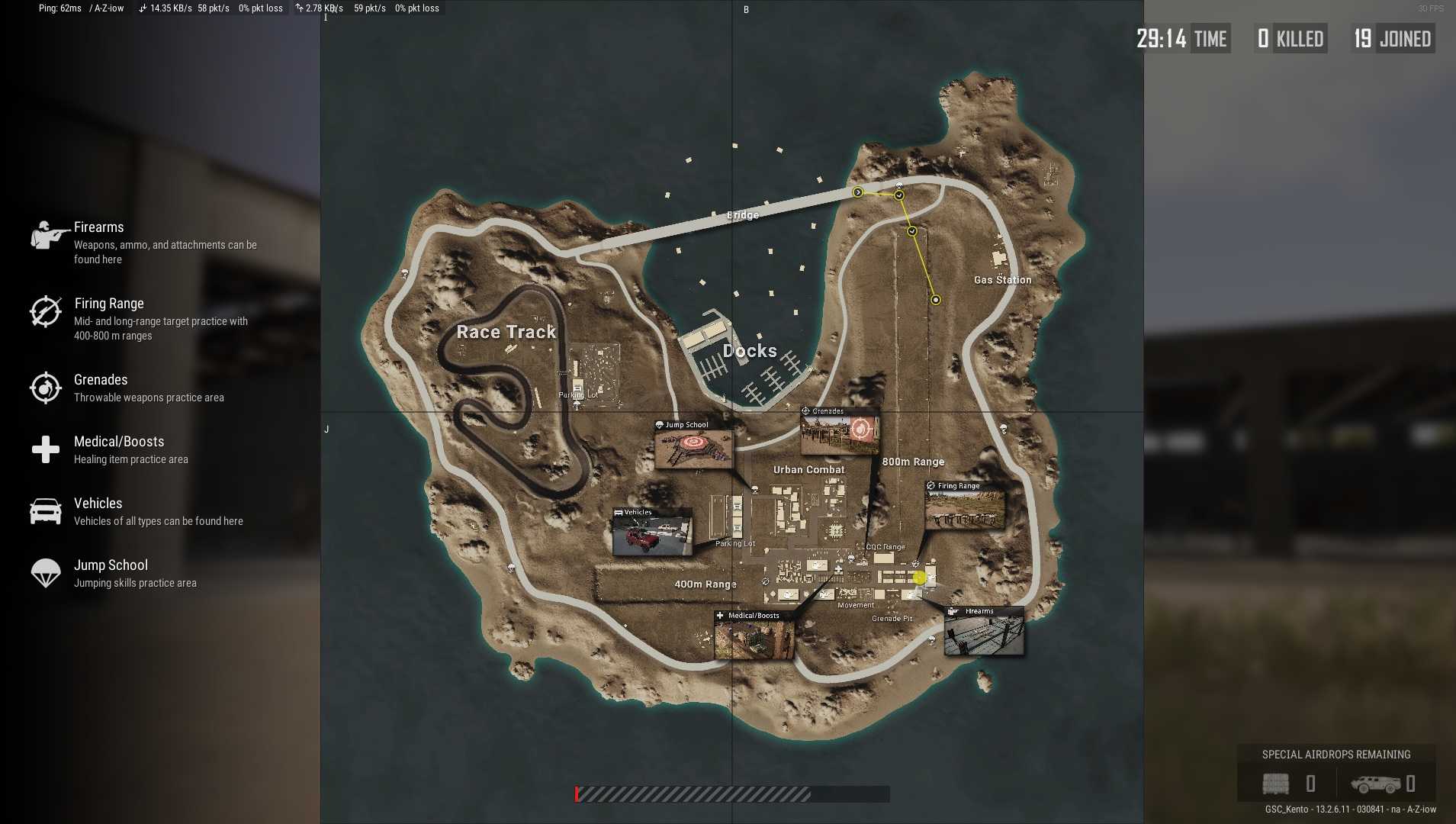How To Be A Better Teammate With Communication and Teamwork In PUBG
What to remember when working as a duo or squad in PUBG to make your teamwork come together.
What to remember when working as a duo or squad in PUBG to make your teamwork come together.
One thing is especially important when playing squads and duos in PlayerUnknown’s Battlegrounds, and that is teamwork. A lot of situations without effective callouts can become very hectic. A firefight can easily be turned around with simple teamwork and communication. In PUBG, there are multiple ways that this can be done.
At the end of the day, it will take time to form teamwork with people that you play with, and it is hard to do with random people. However, learning the weaknesses and strengths of you and your teammates will allow you to develop ways to defend compounds or push other teams.
Scouting, relaying information, not getting too focused on one thing, and listening to each other is what will get you through the game. There is no right or wrong way to work together, each team will have different dynamics. Even among pros, there are wildly different strategies. You just need to figure out how best you play and how best your team plays as a group.
However, learning to use the markers, having spatial awareness, and using clear callouts will make things easier to find that dynamic.
Outside of using other sources, the in-game voice chat is vital in being able to convey what you see, or if scouting a place, what you don’t see. It might be the simplest way to convey things but combined with other forms of communication it will make the teamwork fall into place.
When opening the map, you can place down markers. They can be used for showing where you want to land after jumping from the plane, where the next point you wish to move for more loot, or just to make it inside the safe zone. There are also other types of markers that can communicate that you saw a vehicle, you saw enemies there, or where to regroup if split up.

While on the map, you can also use waypoints to mark paths you wish to take to maybe avoid shots you’ve heard or just to let the person driving follow a path on their minimap down in the bottom right corner. Another use of those waypoints is the ability to use them to convey where you saw an enemy move that you lost sight of. Drawing a line can let your team know exactly where you saw the enemy and where they can expect them to be coming from.

Another way to let someone know where an enemy you are shooting at is, or where you have seen an enemy at is by using the quick mark. While looking at an area, without opening the map, you can set a marker for your team to see and be able to look towards.
You also have the compass at the top of the UI. You can call out the numbers to let your teammates know a general direction, while also calling out terrain features that the enemy might be hiding behind.
Using those methods of communication isn’t all that you need for teamwork though. You also need to have coordination. Say you and your squad are in a compound, and you are all facing one way, looking north per se, what will happen when the squad comes in from the south that nobody notices. One of your squad is outside, another is running around in a building three houses away, and you and the last teammate are just scoping out waiting to see someone. Before you know it, you hear gunfire, and the person outside is down, and he says nothing. So you know where the shots originally came from, but after that, they could be sneaking out anywhere. And maybe the other squad is split, so your teammate a few houses down gets sniped from another direction.
In the blink of an eye, everything went from easy to shambles because nobody was paying attention around you. If someone had been paying attention around you and conveyed the information, then you would not be able to get snuck upon.
Coordination and communication are probably most important when you are attempting to crash a compound with others inside it already. Gathering information on the position of enemies, relaying it between the team, how many there are, are all important things.
When pushing buildings don’t do it alone. If someone is hiding in a corner after hearing you come in, and just holding an angle it would be easier for you or your teammate to get a trade when either one of you or knocked after the initial surprise.
It’s not good to hyper-focus on a target because you need that spatial awareness. You need to be able to keep track of how many times a teammate may have been knocked or of enemy movement. If you are too busy focused on trying to kill someone and your teammate gets knocked at your feet on his third down, you might think there is enough time when he’s losing health fast.
On the opposite side of that, it’s also good to convey that you have been knocked because a lot is going on during firefights.
Remember, neither you nor your teammates are psychic, so communicating your thoughts or plans is particularly important. You might try something while someone else makes a play that contradicts what you are doing. So make sure while engaging you are in constant communication with your teammate.
If you are in a city, that you do not know is empty, never go alone and never be too far from a teammate. When going through a house it is better to have at least someone with you for the trade if you are knocked. And the times that you are separated and hear footsteps or vehicles coming be sure to stay calm and relay the information to your team so that they can get into positions to help you if they are able.